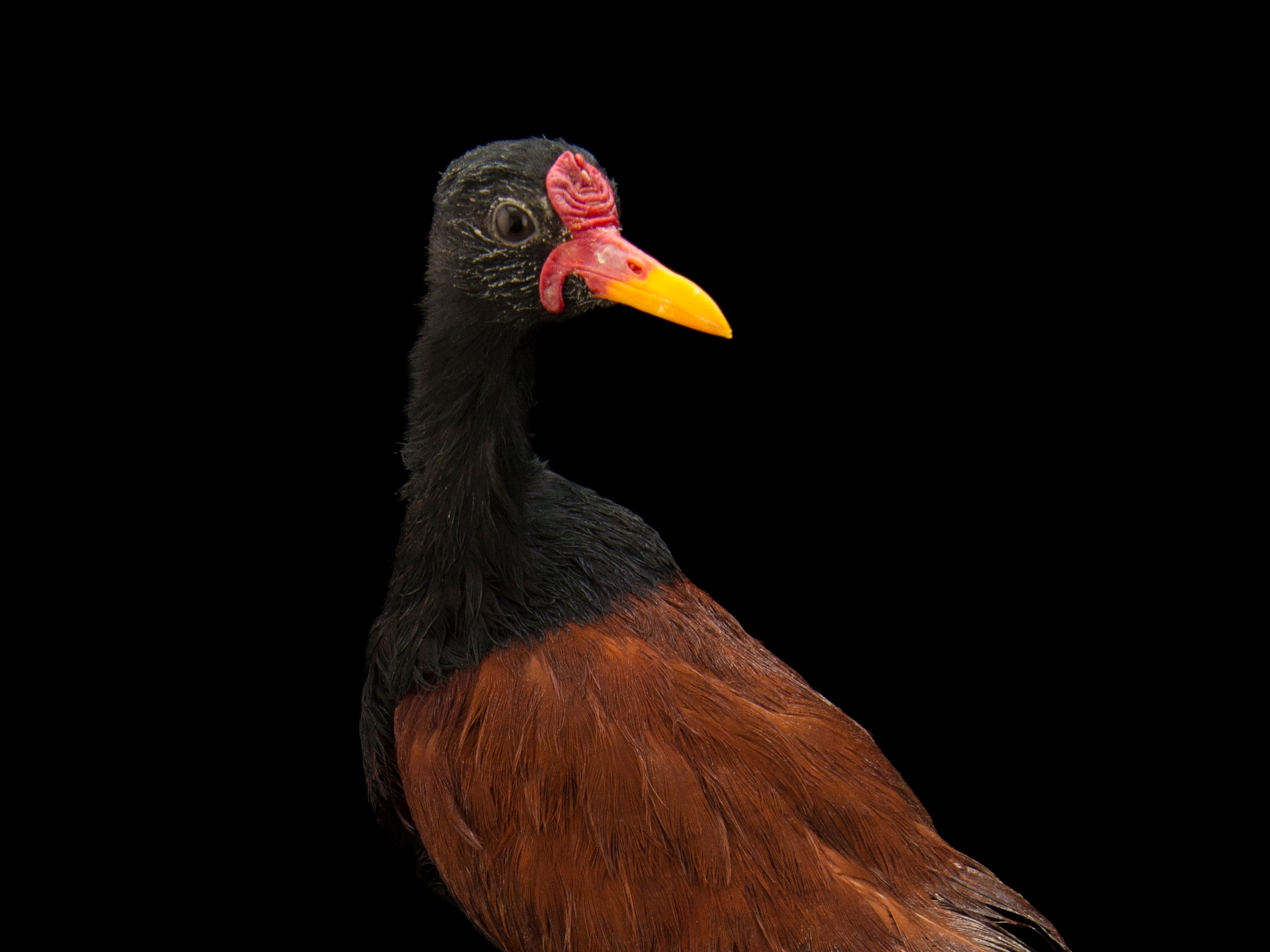
Cloned Fathers Mate With Insect Daughters—From Inside
The self-fertilizing females may eventually make males obsolete, model suggests.
Are males necessary?
Maybe not for long, at least in an insect species whose females have begun to develop sperm-producing clones of their fathers—inside their bodies.
In the cottony cushion scale—a common agricultural pest that grows to about a fifth of an inch (half a centimeter) long—a new phenomenon has arisen: When some females develop in fertilized eggs, excess sperm grows into tissue within the daughters.
(The sexual battles of flatworms)
This parasitic tissue, genetically identical to the female's father, lives inside the female and fertilizes her eggs internally—rendering the female a hermaphrodite and making her father both the grandfather and father of her offspring, genetically speaking.
Though this new form of reproduction hasn't replaced cottony cushion scale sex, "this parasitic male has taken off like an epidemic in population," said study leader Andy Gardner, an evolutionary theorist at the University of Oxford.
"Once [this trend] gets started, it's going to sweep through the population so all the females carry it. So there's no point for regular males to exist," Gardner added.
If the females begin passing on the parasitic male to their offspring, there may eventually be no more need for "baby boy" cushion scales that grow up and produce sperm and fertilize females, Gardner said.
Gardner and the University of Massachusetts's Laura Ross created a population model that predicted how females would respond to this infectious tissue living within their bodies. The results, published in the August issue of the American Naturalist, suggest that the females would benefit from the infection, negating the need for males.
(See "'Sex Puppeteers' Force Sex Change, Virgin Birth in Bugs via Genes.")
Insect Sex Still a Mystery
Though the exact time line of male decline for the species is unknown, Gardner said, in the "long run, I'd expect the [insect species] to suffer because of asexuality."
For instance, though 30 percent of animal species are asexual, in the "vast majority of cases, when we look at species that are asexual, they're relatively recent [evolutionary] events ... [and they] seem to go extinct quite rapidly.
"If you mate with yourself, that doesn't generate the sort of adaptive variation that regular sex does."
There are "obvious benefits" of straight-up sex, he said—the offspring get new combinations of genes that can make species overall more robust, he said.
Overall, it's a mystery why there are so few insect hermaphrodites—only three species are known, all cushion scales. In general, insects are very sexually variable, reproducing in almost every way known to nature—including, in some species, males that can develop from unfertilized eggs.
(See pictures: "'Torture' Phalluses Give Beetles Breeding Boost.")





